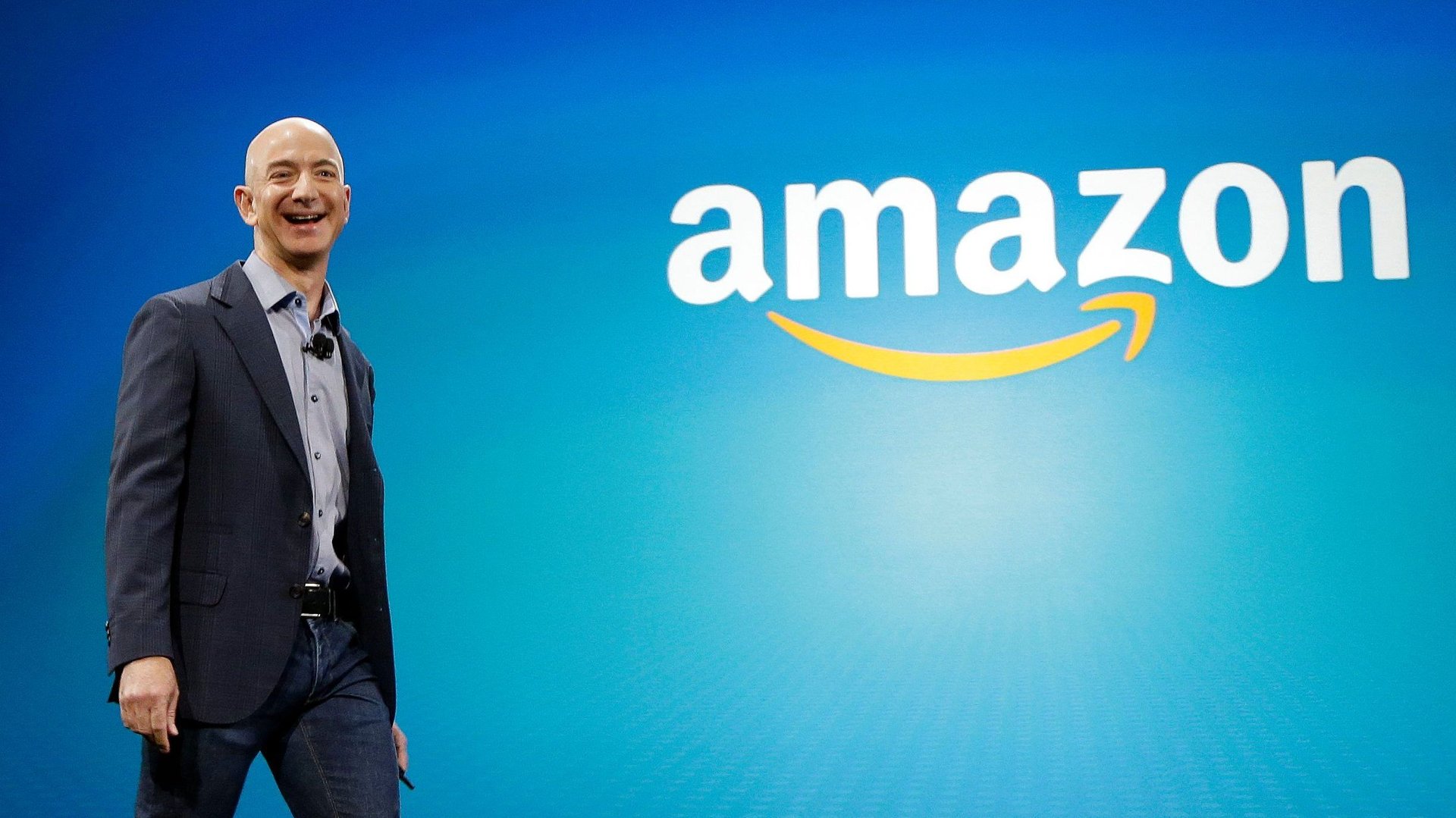Amazon has a chance to give us grocery shopping we really want
Just a few years ago, people might have laughed if you told them Amazon would open physical stores.


Just a few years ago, people might have laughed if you told them Amazon would open physical stores.
That’s because a false narrative had solidified: Walmart represented old-guard brick-and-mortar, and Amazon represented the power of online shopping. Those were their lanes; all we had to do was wait and see which model outlived the other.
Amazon is currently smashing that narrative. In the past two years, it acquired the Whole Foods supermarket chain; and opened Amazon-branded book stores, pop-up electronics stores, and even retail spaces without cashiers.
Now the company wants to build its own grocery stores, truly going toe-to-toe with stalwarts of the business. Shares of Amazon’s soon-to-be competitors—Walmart, Kroger, Target, BJs, Costco, and Sprouts—dropped more than 1% on Friday (March 1) following a Wall Street Journal story (paywall) about its grocery ambitions.
But this is potentially exciting news for consumers. Amazon has a chance to totally reimagine and set new standards for what people expect when they shop for food, says Phil Lempert, an American grocery retail expert.
“It’s a really smart idea, but for Amazon to succeed in this they have to create great experiences,” says Lempert, who sees Amazon’s entry into groceries as a no-brainer.
Research has shown that people in the Gen X and Baby Boomer generations value the experience of shopping from their own homes, but 75% of millennials and Gen Z shoppers prefer to get out of the house and into stores that offer interesting retail experiences.
“While they will spend time researching a product online, this generation of shoppers wants to see, touch, and try the item before making a purchase,” reads a 2018 report by Synchrony, a Connecticut-based consumer-research firm.
In the same way that Nike reimagined and reinvigorated shopping for apparel, Seattle-based Amazon has a chance to impress its vision on the world of groceries. It has already done some of this in general-goods retail with its small batch of Amazon Go stores, which have no checkout. Shoppers simply grab-and-go under the watchful eyes of high-tech camera systems, which identify what people take and what to charge them. Seconds after leaving the store, an emailed receipt lands in a customer’s inbox.
Lempert says he could imagine sleek screens and mirrors in Amazon’s new supermarkets, which consumers could interact with. Imagine holding an apple up to the screen and getting back all kinds of information: where the apple came from, its nutritional value, and relevant apple-based recipes. One could picture various ways Amazon might also incorporate an app with its in-store experience.
The reality is, bringing a fresh look to grocery isn’t a particularly tall order. Lempert points out that, historically speaking, the industry hasn’t exactly placed a premium on in-store experiences. “I think experiences in those stores is walking up and down aisles and seeing 50,000 products,” he says, “49,920 you don’t want.” That leaves a lot of room to innovate.